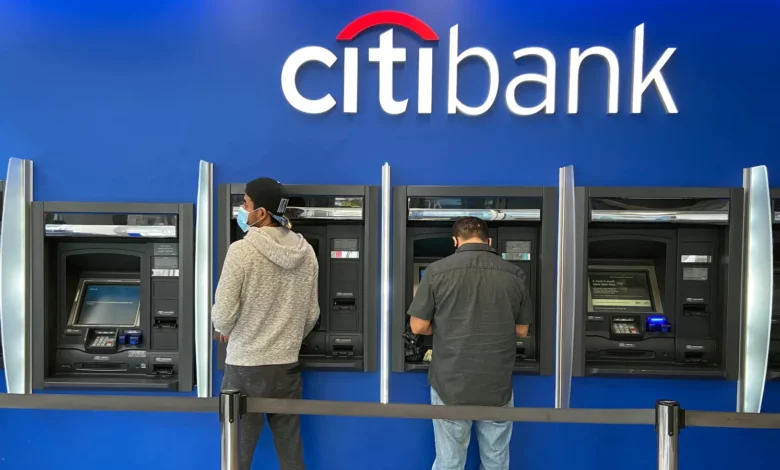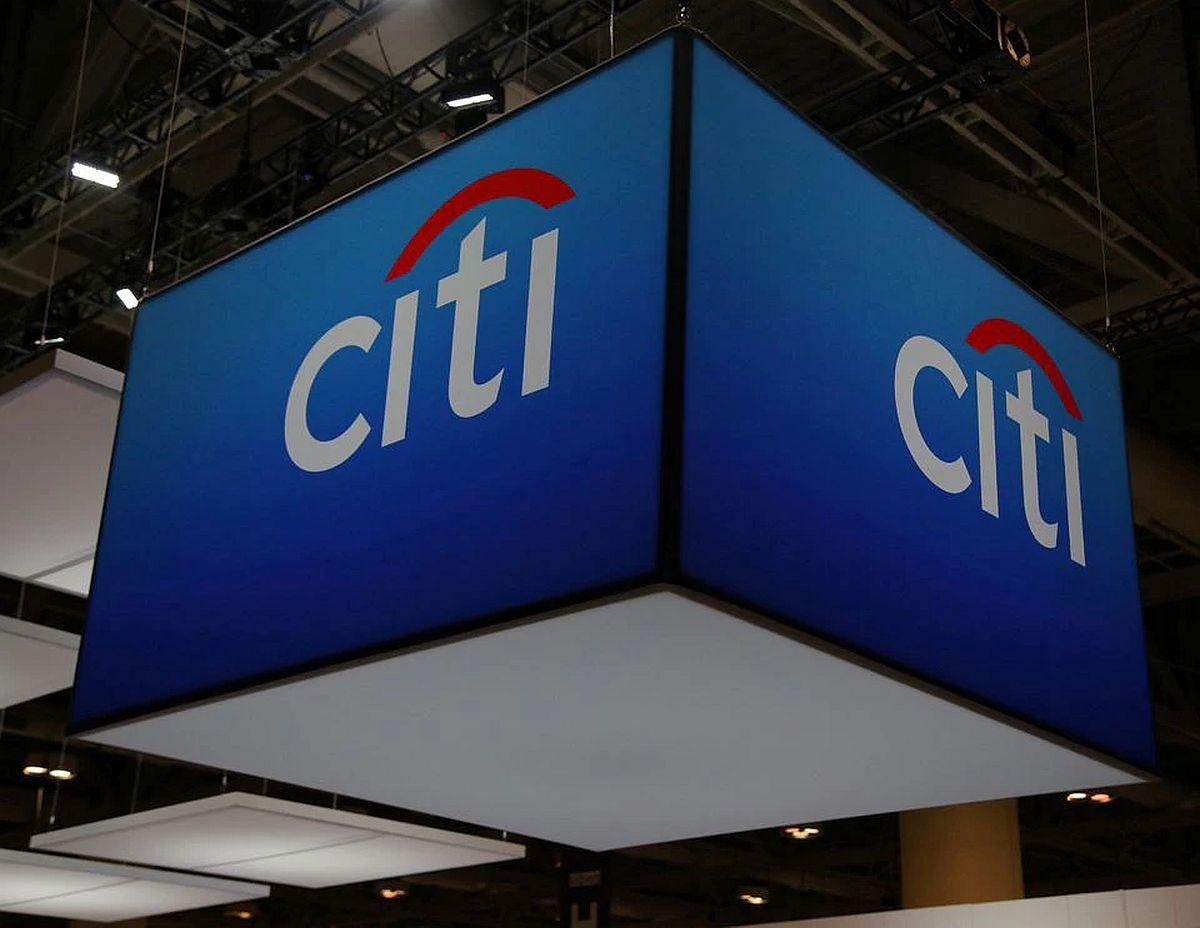Are foreign banks stopping business in India, in 2022?

Are foreign banks stopping business in India, in 2022?
In India, foreign banks have seen their market share dwindle. Their percentage of advances has consistently decreased from 6.55 per cent in 2005 to 4.15 per cent in 2020. Barclays, Deutsche Bank, HSBC, Morgan Stanley, Bank of America-Merrill Lynch, RBS, UBS, and Standard Chartered have all stopped doing business in India or reduced their presence.
The term “foreign banks” refers to scheduled commercial banks established in their home countries but have branches in India. These “shops” may not always resemble the bank branches we are familiar with. In actuality, foreign banks have three access channels into India, and as of July 2020, the following number of foreign banks are operating under each of these entry routes:
- By way of branch offices – 46
- Through wholly-owned subsidiaries (WOS), which are formed in India but are owned entirely by their foreign parent business – 2
- Through representative or liaison offices, which are, to be sure, symbolic in nature, and which are primarily responsible for marketing and non-transactional operations – 37
DBS Bank of Singapore and the State Bank of Mauritius are the two banks that operate under the WOS (Wholly Owned Subsidiaries) model. Under the WOS model, foreign banks are forced to set up a subsidiary under the Companies Act and work as an Indian firm. The Reserve Bank of India (RBI) has encouraged foreign banks to enter India since it will allow them to be better supervised and get a stronger foothold in the Indian banking industry. It will also protect the economy from any problems these banks’ parent firms might experience because their governance is primarily based in India.
On the other hand, the banks are not convinced by the encouragement. It has harsher controls and more stringent capital rules than the different routes. Furthermore, it involves the possibility of being called upon by the RBI to rescue troubled Indian banks, as DBS was last year when it took over Lakshmi Vilas Bank. DBS Bank took over Lakshmi Vilas Bank due to a substantial deterioration in the company’s financial status. The Reserve Bank of India announced a monthly moratorium during which depositors will be able to withdraw a limited amount of money, stating that Lakshmi Vilas Bank’s financial situation is insufficient to pay out its depositors.
List Of foreign Banks Leaving India and the Reason behind it

Foreign banks have been steadily withdrawing from India since the early 2010s. The aggressive approach to emerging markets in the 2008 financial crisis has slowed. The factors that made India a viable market – its fast-growing economy, burgeoning credit-savvy populace, and the removal of entry hurdles following liberalization in 1991 – were gradually displaced by a slew of new issues.
Foreign banks’ proportion of advances in the country fell to 6.55 per cent in 2005 and continued to fall to 4.65 per cent in 2010 and 4.41 per cent in 2015. With the increase in domestic private banks, foreign banks’ market share has declined from 5.7 per cent to 4% in FY17.
Few Banks which have exited India, are listed below:
|
Bank |
Year They Left |
Reason |
|
Deutsche Bank |
2011 |
Sold the credit card business line to IndusInd Bank. |
|
UBS |
2013 |
It exited after giving up its banking license. |
|
Morgan Stanley |
2013 |
Banking license was surrendered. Investment banking still continued. |
|
RBS |
2013 |
In India, 23 of the 31 branches were closed. In 2015, it sold its wealth management division to Shiv Gupta, the company’s India private banking chief. |
|
Merrill Lynch |
2015 |
It sold its wealth management business to Swiss banking group Julius Baer. |
|
Barclays |
2015 |
In India, the company shut down its equity capital market and broking operations. |
|
Standard Chartered |
2015 |
Its corporate and investment banking personnel have been cut by 25%. |
|
HSBC |
2016 |
24 of the 50 branches were closed. The presence was reduced to 14 cities. |
|
BNP Paribas |
2020 |
In India, it shut down its wealth management operation. |
To add to this last year, Citi Bank, which was active for more than a century, was one of the banks to join the list of banks that have either left or scaled down their operations in India. Last year, almost as soon as Citigroup announced its decision, FirstRand Bank: the second-largest bank in South Africa, which has $118 billion in assets, followed the path of Citi Bank and exited the Indian Market.
Citi was left with the consumer business side, which Axis Bank acquired recently owing to which marked the complete exit of CitiBank with the sale of its consumer banking operations to Axis Bank. On March 30, Axis Bank announced the acquisition of Citibank’s arm, which includes the “credit card business, the wealth franchise, and a collection of affluent consumers,” for $1.6 billion (Rs 12,325 crore).
The move will help the Indian lender expand its retail presence. “Deals like these come once in a lifetime,” Axis Bank CEO Amitabh Chaudhry remarked.
Citi, a credit card pioneer in India, saw its outstanding credit cards fall from 26 lakh a year ago to 25 lakh by February. This is consistent with foreign lenders’ overall shrinkage in the market. On the other hand, Axis Bank is one of India’s largest private banks, with 86 lakh credit card customers.
Nonetheless, practically all large foreign lenders, including those without banking operations in India, use the country as a back office to support their global operations, employing thousands of techies in cities like Bangalore and Pune.
Global banking giants such as ANZ Grindlays, RBS, and the Commonwealth Bank of Australia had pared down their activities in India before Citi’s pullout from the consumer banking market was revealed on Wednesday. Citi’s decision to scale back operations in India is part of a larger plan to quit retail businesses in 13 locations to save money and focus on higher-yielding revenue streams. It first arrived in India in 1902 and began operating in the consumer banking sector in 1985.
Earlier in 2012, the British banking giant Barclays drastically reduced its India business, eliminating a third of its non-metro locations. The UK-based bank’s decision to scale back its activities in India was part of a larger strategy to shift away from retail banking and focus more on corporate banking, investment banking, and wealth management.
In 2016, the Commonwealth Bank of Australia announced its exit from the Indian market, citing a thorough evaluation of its India operations in conjunction with its focused strategy as the Reason for the move. In the same year, Royal Bank of Scotland Plc (RBS) announced closing its corporate, retail, and institutional banking operations in India to minimize its global footprint.
After selling its Grindlays Bank unit to Standard Chartered for USD 1.34 billion in 2000, Australia and New Zealand Bank ended its domestic activities. It re-entered the Indian market in 2011 by opening a new branch in Mumbai. Since 1984, when it was known as Grindlays Bank, ANZ has had a presence in India. IndusInd Bank purchased Deutsche Bank’s credit card division in 2011. Morgan Stanley forfeited its banking license while continuing its investment banking business in 2013, while UBS exited India operations. Merrill Lynch, Barclays, and Standard Chartered reduced their workforces in 2015.
HSBC, for example, decreased its presence in 14 cities and halved its branch count due to technological advancements in 2016, while BNP Paribas shut down its wealth management business in India in 2020.

What could be the Reason Behind the Bank’s Exit
- Compared to their parent nations, high capital requirements in India and increased operational costs have prompted foreign banks to scale back operations to protect profits.
- Higher regulatory expenses, priority sector lending regulations, and conditions to meet government socio-economic goals — such as establishing Jan Dhan accounts — hurt the bottom line.
- Due to the stringent regulatory system for branch licensing, foreign banks have been unable to acquire consumer and institutional banking scales.
- The compliance demands between international banks and Indian banks have always been a sticky subject, particularly in components like Priority Sector Lending and Taxation. While a Wholly Owned Subsidiary(WOS) concept was made to resolve the gap, few people were interested because the rupee was still not entirely convertible.
- When the corporate book is under pressure, the retail book usually provides good risk diversification. With the pandemic, lockdowns, and corporate balance sheet issues still unresolved, the risks of the corporate loan book and the retail loan book are no longer asymmetrical. Given this mismatch, exiting the low-margin consumer banking industry made sense.
- Domestic financial services firms have significantly improved their technological capabilities and capacity to respond to shifting market demands. While the management of international banks is Indian, much of the decision-making is still done at a global level, slowing the foreign banks’ ability to adapt to changes in the Indian market. Local management of international banks has been aware of what has to be done, but decision bureaucracy from abroad has held them back. In today’s world, being quick on your feet is crucial, and that can be one of the reasons why Axis Bank benefited from Citi’s deal.
The Reserve Bank of India offered foreign banks a window for national treatment in setting up branches or mergers and acquisitions (M & M&As) if they switched from a branch-only model to a wholly-owned subsidiary one. Only DBS, based in Singapore, went the subsidiary route. The cost of regulatory compliance has increased, mainly after Basel 3 regulations were implemented. Basel 3 is beneficial for significant banks, yet these banks are little in India (in terms of capital) compared to PSU and private banks, notwithstanding their global size.
Foreign banks can do business in India through other platforms that require less regulatory oversight, such as Foreign Portfolio Investment, External Commercial Borrowings, Non-Banking Financial Company, Representative Office, Alternative Investment Funds, etc. The Indian market for sophisticated trade, treasury, and loan goods is still underdeveloped. India is essentially a balance sheet-driven lending economy, with a high prevalence of name lending.
The previous four years have been challenging for wholesale banking, and foreign institutions quickly lose tolerance. There is fierce rivalry for India’s top 500 bankable corporates, which drives down pricing. Because most Indian companies are rated below investment grade on an international scale, the risk-return framework is unfavourable for most banks.
A significant explanation could be the strictness of priority sector lending (PSL) requirements. The Reserve Bank of India (RBI) mandated in early 2018 that foreign banks with 20 or more branches in India lend 40% of their loan book to priority sectors like agricultural, micro, small, and medium businesses (MSMEs) rural infrastructure. Due to regulatory burdens and to account for black-swan occurrences such as COVID-19, most banks have started reducing capital. As a result, their ability to lend has been harmed, with smaller businesses suffering the most.
The COVID-19 pandemic has made things worse. Due to government pressure to conserve capital in home markets, multinational foreign banks have been forced to retreat to minimize costs and protect profits as the Indian economy has recovered.
Conclusion

The pattern appears to be pretty evident. India’s banking problems are becoming more severe as the country develops. Most of these problems are limited to the domestic loan and NBFC sectors, which have a more significant market penetration. In these situations, foreign banks may find it more advantageous to retreat within their domestic markets to save money and protect profits. They have also grown less ambitious due to the tighter regulatory framework.
However, some companies, such as Citibank, have failed to survive in the marketplace despite their ambition. In the late 1980s and 1990s, Citibank was a pioneer in India’s credit card industry, and it quickly expanded into a mortgage and personal loan products.
Its exit last year and now the complete departure may have resulted from a change in corporate management and policy restructuring. Still, even its peers like HSBC and Standard Chartered are finding it increasingly difficult to stay and compete with the massive retail franchise powers of homegrown lenders like HDFC, Axis Bank, and ICICI. Foreign banks’ participation (and much-needed capital) may have provided a new sort of debt capital when the economy is significantly harmed, and lending institutions are under enormous pressure to adhere to capital rules. They have domestic economies that may be able to support their lending capacity better than Indian banks.
However, given the increased presence of foreign banks such as DBS, things may improve. Other examples, such as the US-based Oaktree, which came close to saving DHFL, give hope for a reaffirmation from international lenders. They may increasingly shift to India in the coming years, even if they are under separate private equity mandates.




